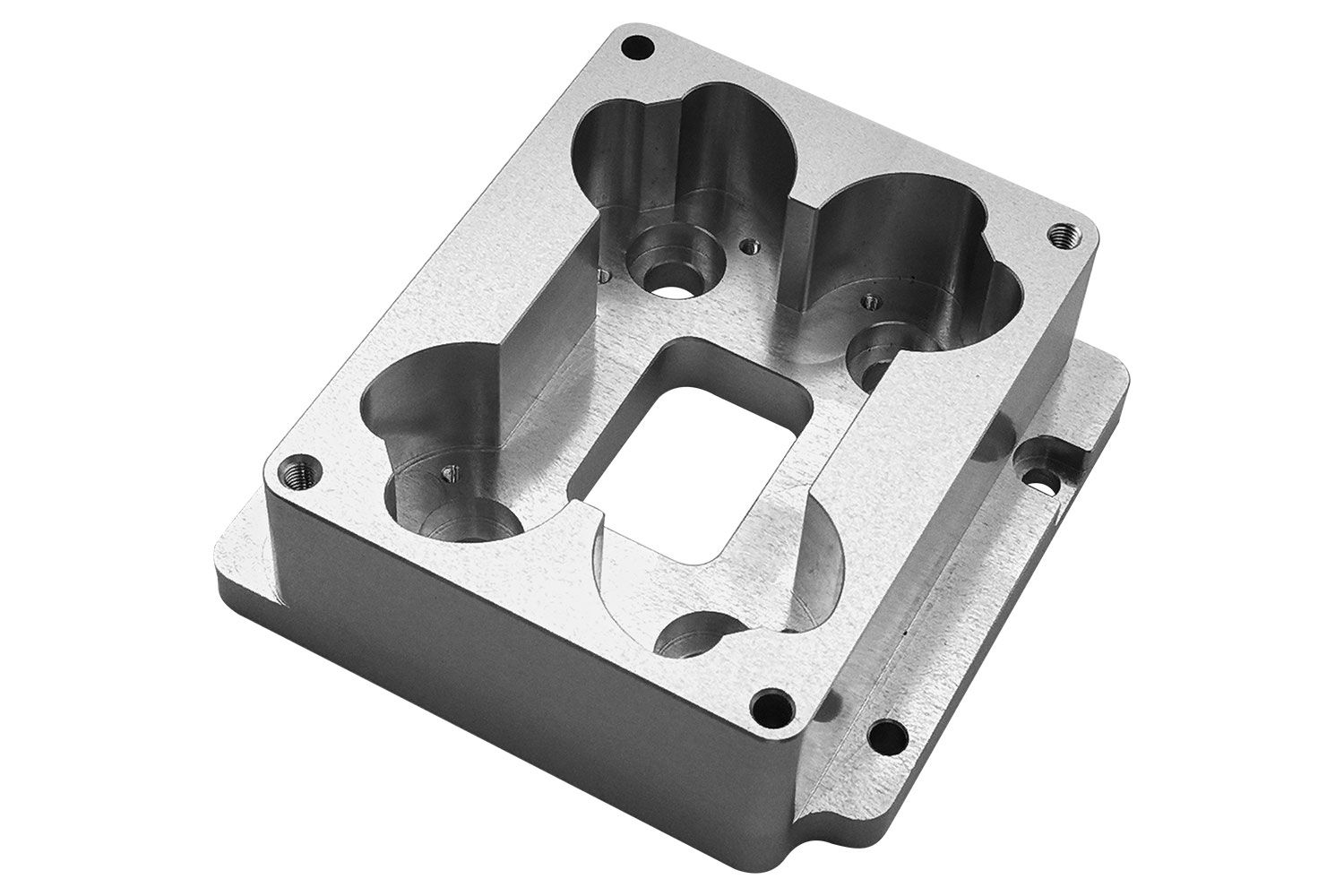Time to read: 6 min

The selection of an appropriate surface finish in CNC machining is paramount, as it can significantly influence the performance, aesthetics, and longevity of machined parts. This choice is dictated by a multitude of factors including functionality, material compatibility, desired aesthetics, budget considerations, production timelines, environmental impact, and part geometry.
Understanding Surface Roughness
Surface roughness in CNC machining is a measure of the micro-level irregularities and texture of a machined surface. It is a pivotal factor that dictates the product's functionality and appearance, affecting attributes such as wear resistance, corrosion resistance, and friction. Achieving the desired surface roughness is accomplished through the manipulation of material properties, machining techniques, cutting parameters, and tool selection.
As-Machined Finish
The as-machined finish refers to the surface condition of a part post-machining, without any additional finishing processes. This finish is characterized by visible tool marks and a rough texture, with surface roughness (Ra) being the key determinant of quality. Industry standards for Ra values vary based on the application but are categorized into typical levels such as 3.2 μm Ra for general consumer parts, 1.6 μm Ra for tight fittings, 0.8 μm Ra for components under concentrated stress, and 0.4 μm Ra for high-precision applications like bearings.
Common Types of CNC Machining Surface Finishes
The spectrum of surface finishing options for CNC machining is vast, ranging from anodizing, alodine coating, black oxide coating, electroplating, passivation, bead blasting, powder coating, brushing, polishing, to painting. Each finish offers unique benefits and is chosen based on the material, the desired level of protection, visual appeal, and the specific application requirements.
Pre-Surface Finish Processes
Prior to applying the final surface finish, parts undergo pre-finish processes such as degreasing, deburring, grinding, and inspection. These steps are essential for removing contaminants, ensuring safety, achieving a smooth surface, and guaranteeing quality.
Factors Influencing Surface Finish Selection
When choosing a CNC machining surface finish, considerations must be given to the part's functionality, the material's suitability to the finish, the desired aesthetics, cost implications, lead time for the finishing process, the environmental impact of the finish, and the part's geometrical constraints.
结论
The right surface finish can elevate the quality and desirability of CNC machined parts. By considering the functional needs, material properties, aesthetic goals, budget, and production schedule, manufacturers can partner with experts like Unofactory to achieve exceptional surface finishes that meet the highest standards of excellence.




